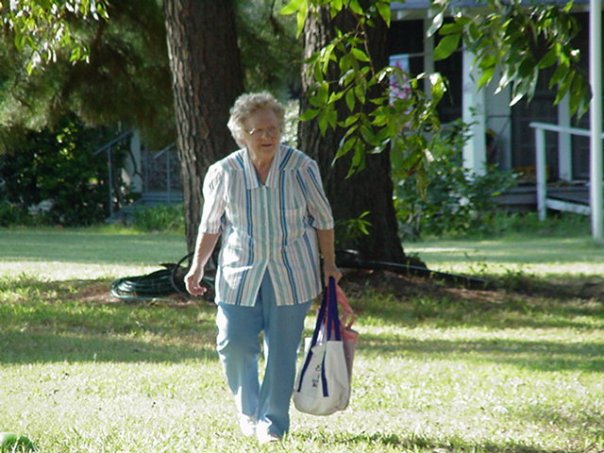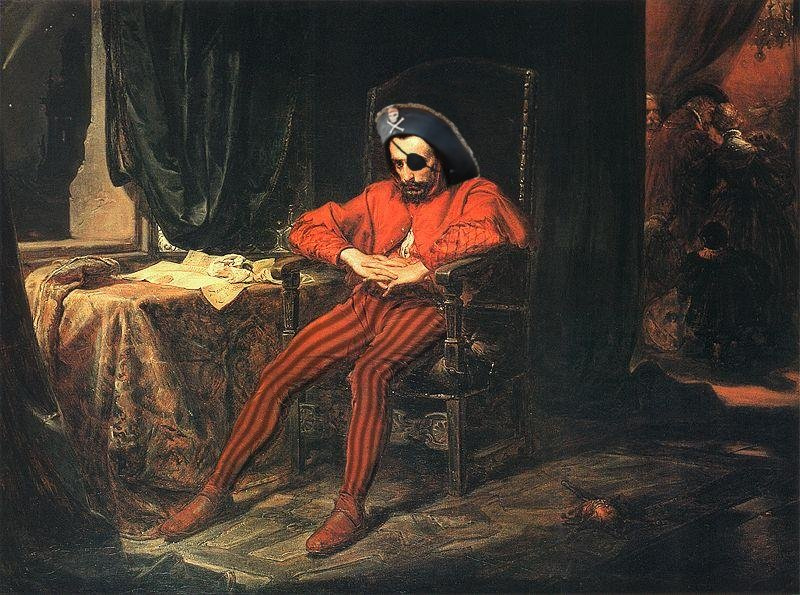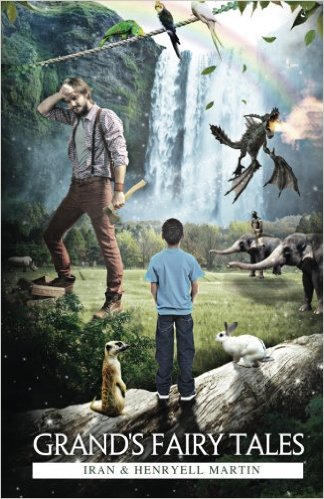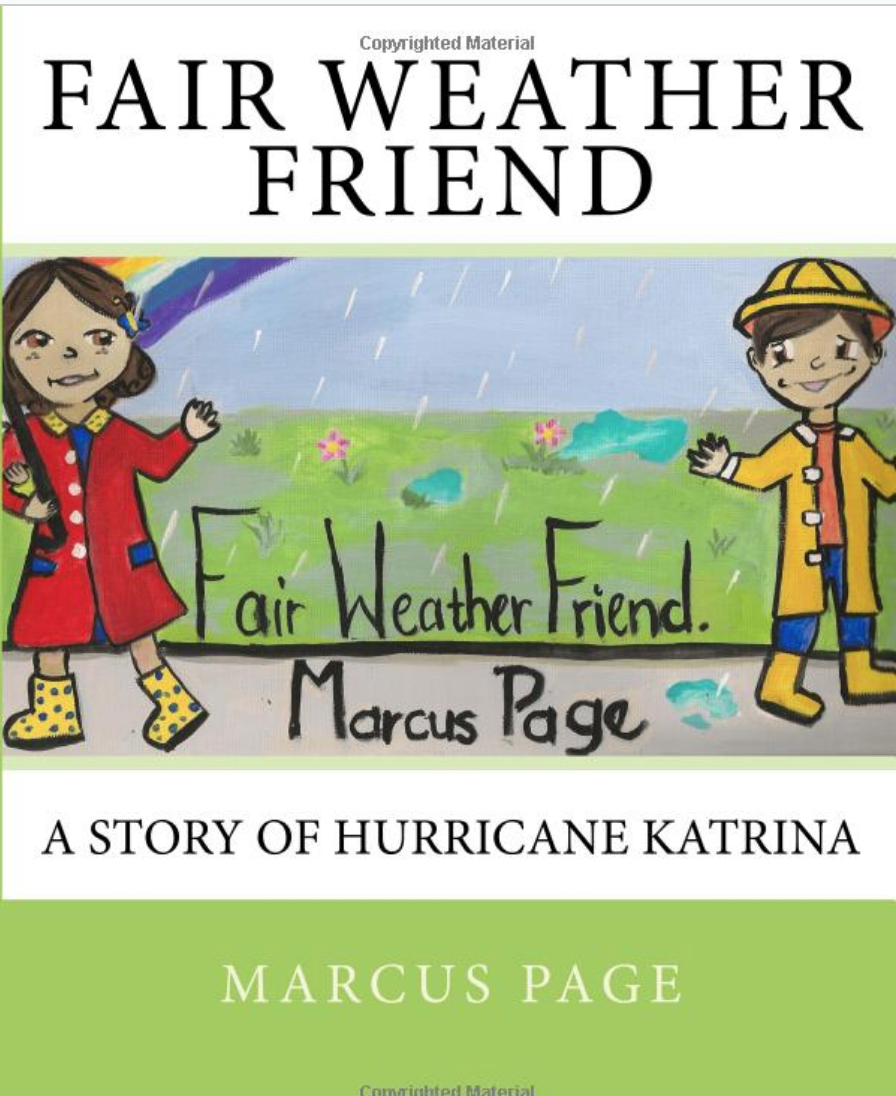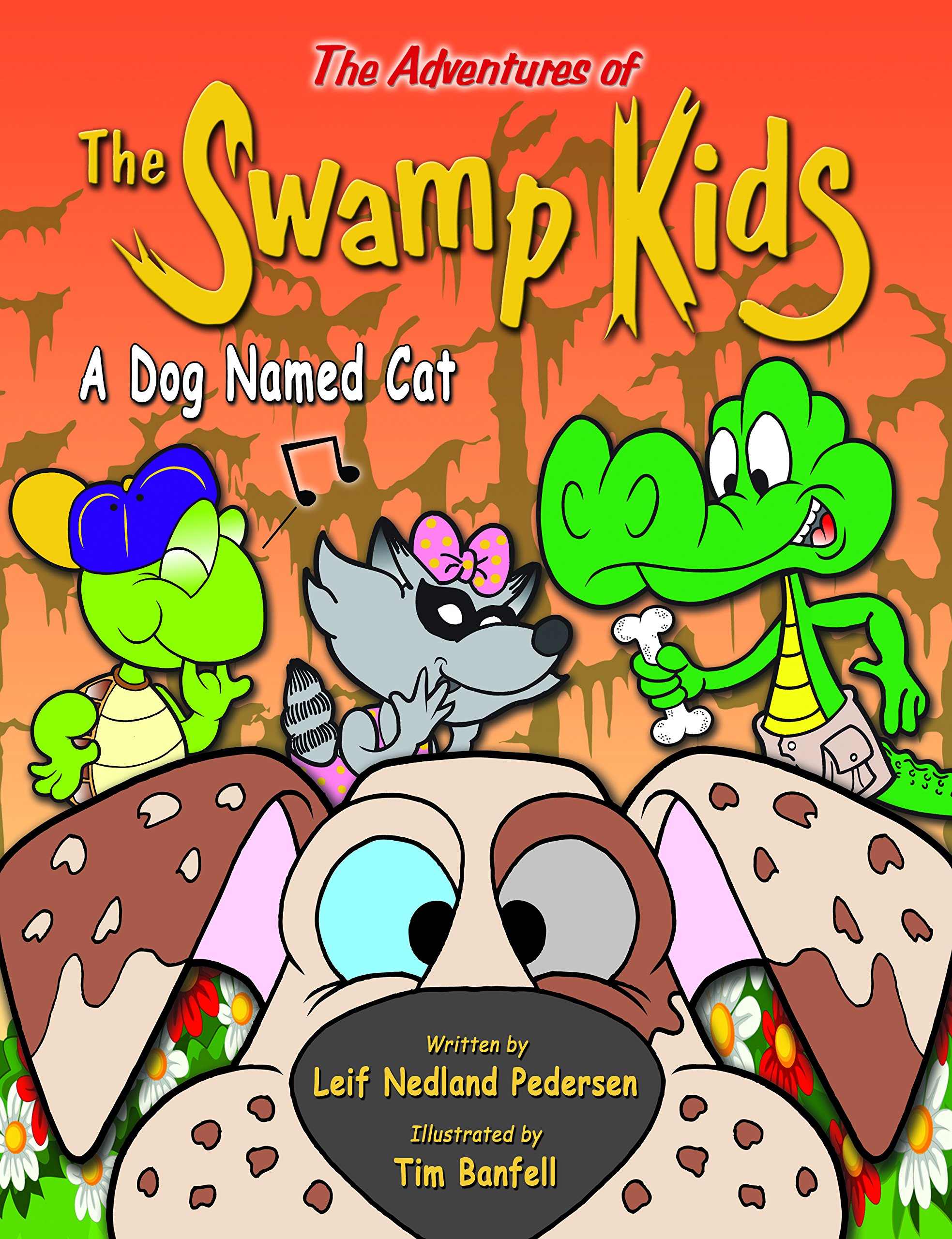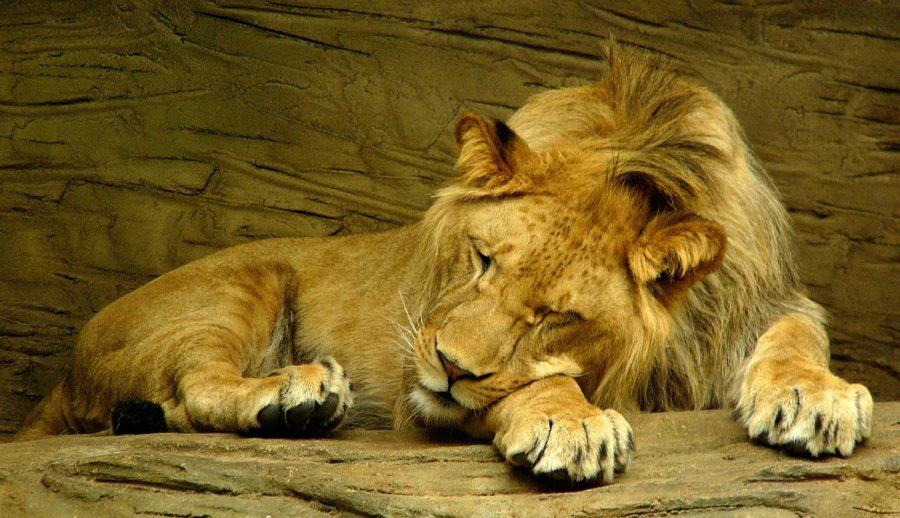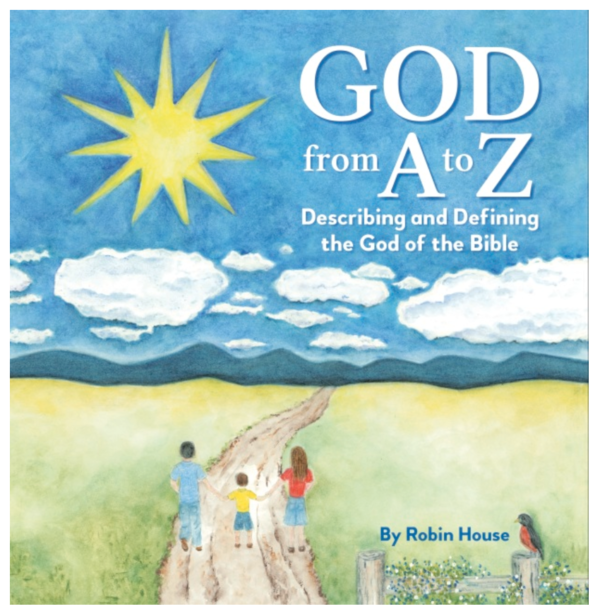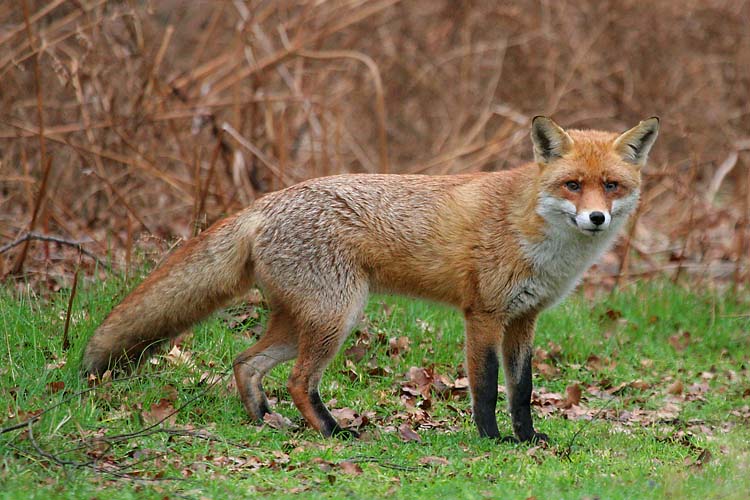Storytime: Panorama by Gypsy Damaris Boston
This is a road trip from North Louisiana to South Louisiana, represented in an essay called “Panorama” by Gypsy Damaris Boston, and narrated by her granddaughter, Katy Hobgood Ray. The essay is from her collection of published nature observations, Dear Louisiana, Love Gypsy. Gypsy’s mantra has always been, “Stop, look and listen…. Nature is at work...


